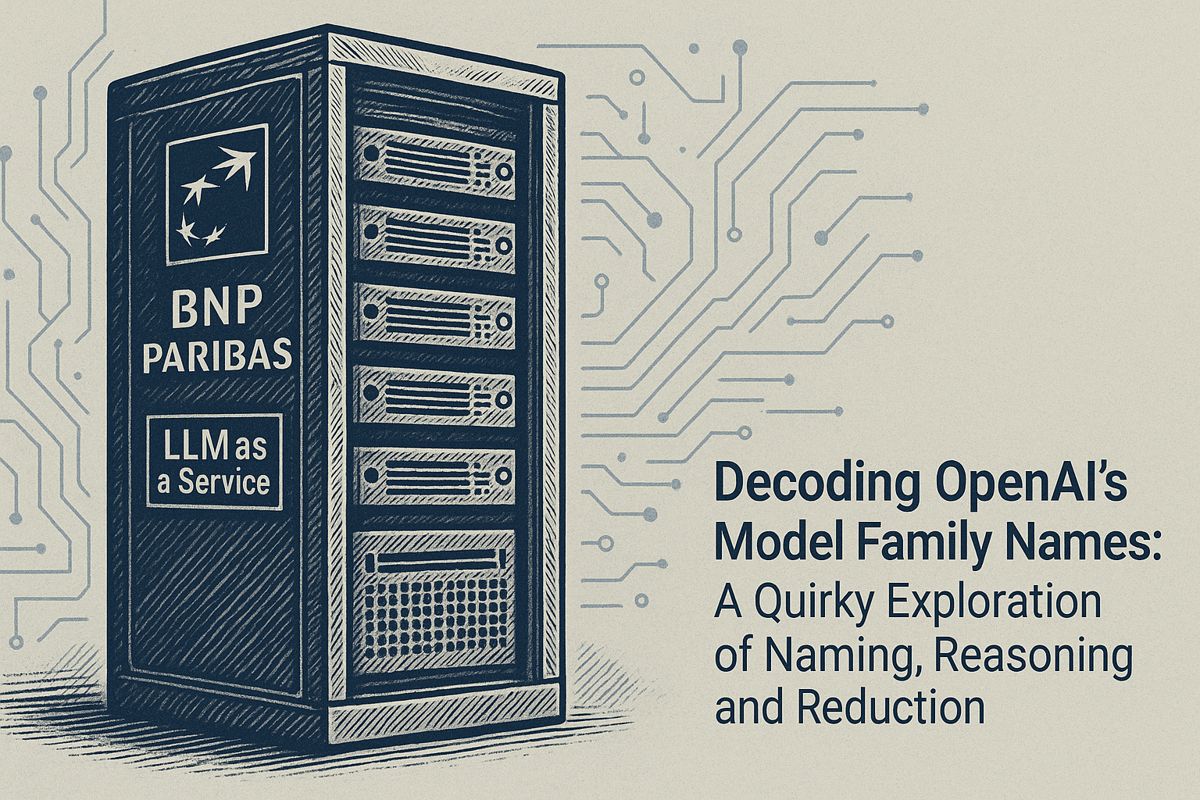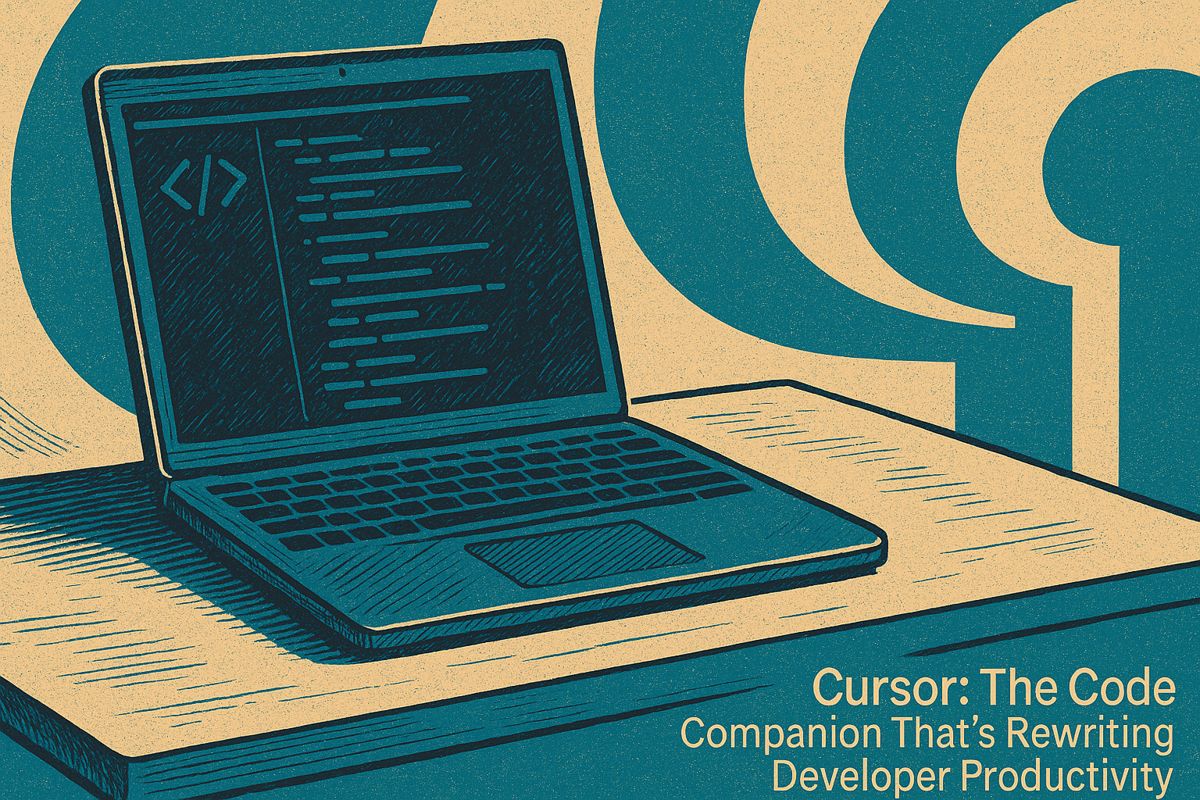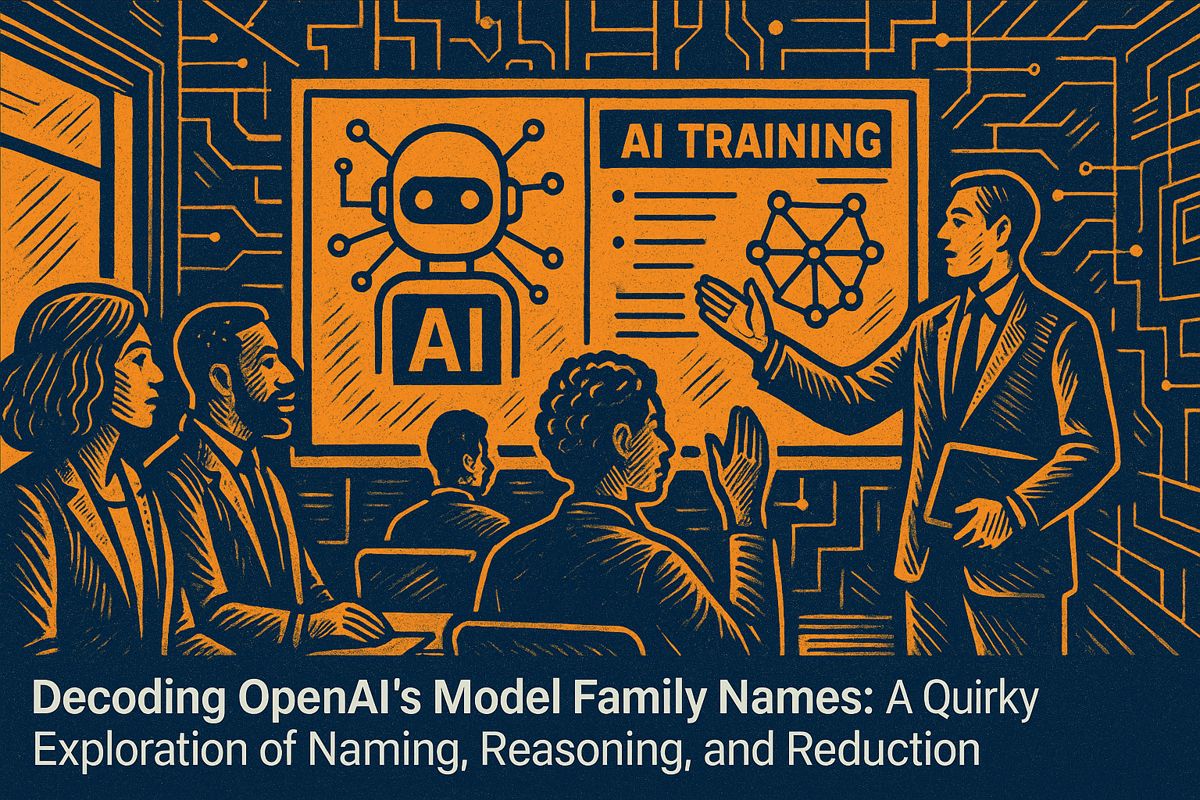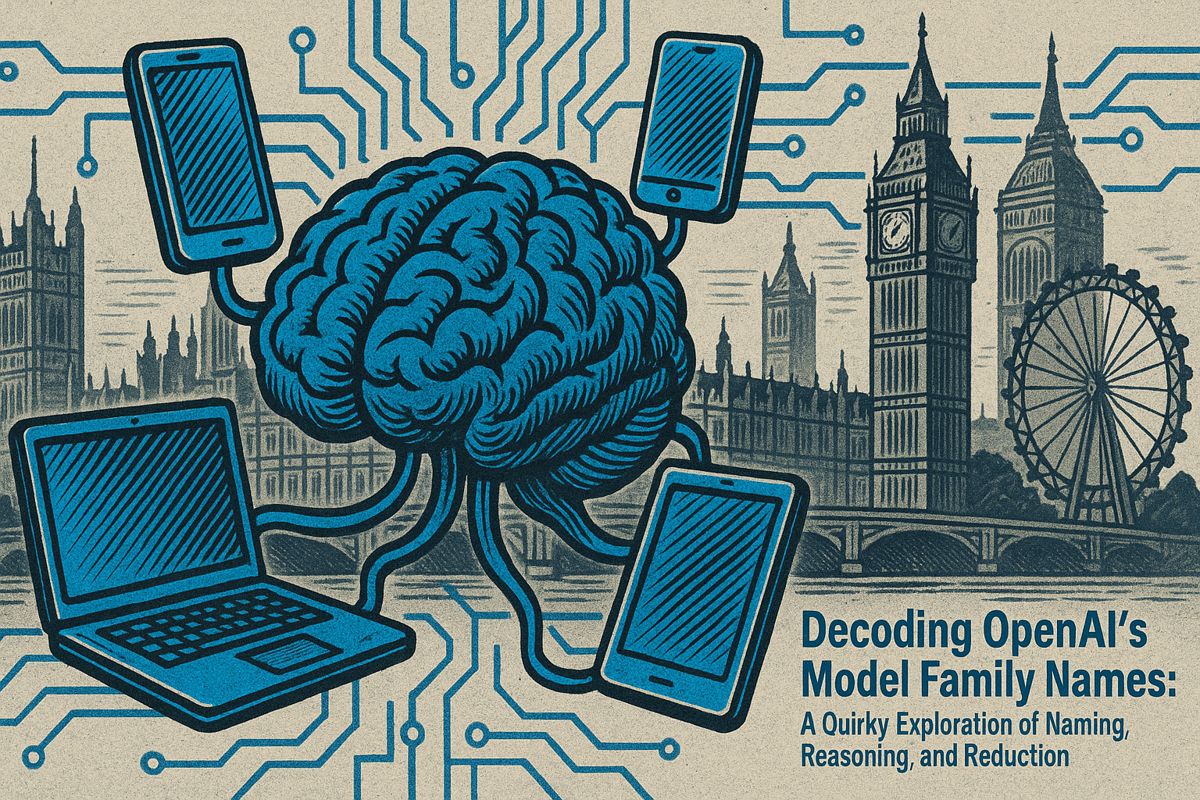Here’s the text with the most important phrase emphasized in markdown bold:
BNP Paribas has created an internal “LLM as a Service” platform that allows employees to securely access and use large language models within the bank’s infrastructure. The platform runs on proprietary GPU systems and enables staff across different departments to leverage open-source and custom AI tools for tasks like document generation and internal assistance. The platform runs on proprietary GPU systems and enables staff across different departments to leverage open-source and custom AI tools for tasks like document generation and internal assistance. By centralizing AI access and maintaining strict security protocols, the bank is democratizing AI technology and making it an everyday tool for workers. This approach represents a significant shift in how financial institutions integrate advanced technology, moving from exclusive data science domains to widespread organizational use. The platform signals a potential new direction for AI adoption in banking, emphasizing security, accessibility, and practical innovation.
What Is BNP Paribas’s Latest AI Innovation?
BNP Paribas has launched an internal “LLM as a Service” platform, enabling secure, in-house access to large language models across the organization. The platform runs on proprietary GPU infrastructure, allowing employees to use open-source and custom AI tools for document generation and internal assistance.
Nostalgia, Announcements, and a Sea Change
The other day, I stumbled across an announcement that yanked me right back to that sweltering, fluorescent-lit office in Bangkok in 2016 – spreadsheets everywhere, the air thick with nervous anticipation (and a whiff of durian from someone’s lunchbox). Back then, AI was little more than a scribbled diagram on our whiteboard, all promise and no delivery. But today? BNP Paribas has just unveiled its own internal “LLM as a Service” platform, and suddenly, what once felt like vaporware is walking the marble halls of one of Europe’s financial titans.
The specifics are worth savoring like the first sharp bite of a tamarind candy. BNP Paribas’s IT teams have engineered a secure, in-house platform for large language models, running on GPU infrastructure nestled deep inside the bank’s data centers. Employees can now tap into both open-source and proprietary LLMs – including those crafted with Mistral AI, a rising European star. The initial rollout targets internal assistants and document generation, aiming to automate the paper cuts and time-sinks we all know too well.
I’ll admit, a wave of déjà vu hit me: years ago, my own team spent months locked in mortal combat with data permissions, compliance forms, and a Kafkaesque IT approval process. The real challenge wasn’t the algorithm – it was the mundane, Sisyphean work of making new tech truly usable. BNP Paribas, though, seems to have skipped that dance. Or is that just wishful thinking on my part?
The Fortress Approach: Security, Compliance, and Control
Let’s get granular. In the world of banking, AI initiatives usually run straight into a thorny thicket: security, compliance, and cost. There’s something almost Kafkaesque about trying to shepherd sensitive customer data through a jungle of regional regulations, all while the finance committee watches the budget evaporate. That’s why BNP Paribas’s approach is so intriguing – they’ve built their LLM platform brick by brick, inside their own digital walls, sidestepping the wild west of public cloud services.
Everything is standardized. Access to LLMs flows through secure APIs, so no rogue Python scripts or shadow IT projects lurking in forgotten corners. And because it all runs beneath the BNP Paribas umbrella, data privacy is baked in, not bolted on. I can almost feel the collective sigh of relief from the compliance department – or is that just my imagination playing tricks on me again?
Group CIO Marc Camus called this “a common technological foundation.” Underneath the corporate flourish, there’s a simple, savory truth: centralizing infrastructure lets teams focus on creating genuine business value, instead of wrangling mismatched tech stacks. You get a sense of quiet determination humming through the organization, like the low whirr of the servers themselves.
From Arcane to Everyday: The Democratization of AI Tools
Here’s the crux that gets me excited – and, honestly, a little envious. Traditionally, AI in banking felt as distant as the aurora borealis: dazzling, but reserved for a handful of data scientists and innovation gurus. Now, BNP Paribas is handing out the keys to every team. Project managers, legal analysts, even the odd marketing lead can plug into the LLM platform, experimenting and iterating with the same tools once locked away in the data science vault.
It’s a tectonic shift, not unlike watching the first rains break a months-long drought. Suddenly, AI isn’t a mystical black box; it’s as familiar and accessible as Excel. The psychological effect must be profound. I remember the wary skepticism of non-technical colleagues – the way their eyes glazed over when I mentioned “machine learning.” Now, maybe, they’ll see AI as an everyday companion, not an existential threat.
There’s a faint, almost comic irony in the grand language: “democratizing” AI, “vanguard” of responsible tech. Yet, beneath the rhetoric, the practical benefits are real. Teams move faster, workflows become less soul-crushing, and IT keeps the lights on without heroics (though let’s be honest, they’ll never get enough credit).
The Industry’s Next Chapter: Urgency, Uncertainty, and a Little Schadenfreude
Of course, there’s a live wire of urgency humming beneath all this. The financial sector’s watched Amazon, Google, and OpenAI sprint ahead with generative models, while regulatory tripwires kept most banks at a cautious crawl. BNP Paribas may have just drawn the blueprint others will scramble to copy. You can almost hear the FOMO crackling in boardrooms across Europe – are we witnessing the dawn of a new arms race for internal AI platforms?
A moment of candor: part of me wonders if every IT department in Paris is now frantically pricing out Nvidia GPUs. (If you’ve ever seen bank technologists in full panic mode, it’s a sight – trust me.) Still, the real victory here isn’t just technical. It’s cultural. By quietly weaving AI into the daily tapestry of work, BNP Paribas is making innovation a baseline expectation, not a moonshot.
So, what’s next? Will other banks follow, or will inertia and bureaucracy win another slow, grinding victory? I wish I knew. My own crystal ball’s a bit cloudy these days – but I’ll be watching, maybe with a hint of envy, as BNP Paribas puts its new platform to the test.
To anyone in tech, finance, or just elbow-deep in digital transformation: the age of secure, enterprise-grade AI is here. The old excuses are drying up, one cautious step at a time.
Who’s next?



















